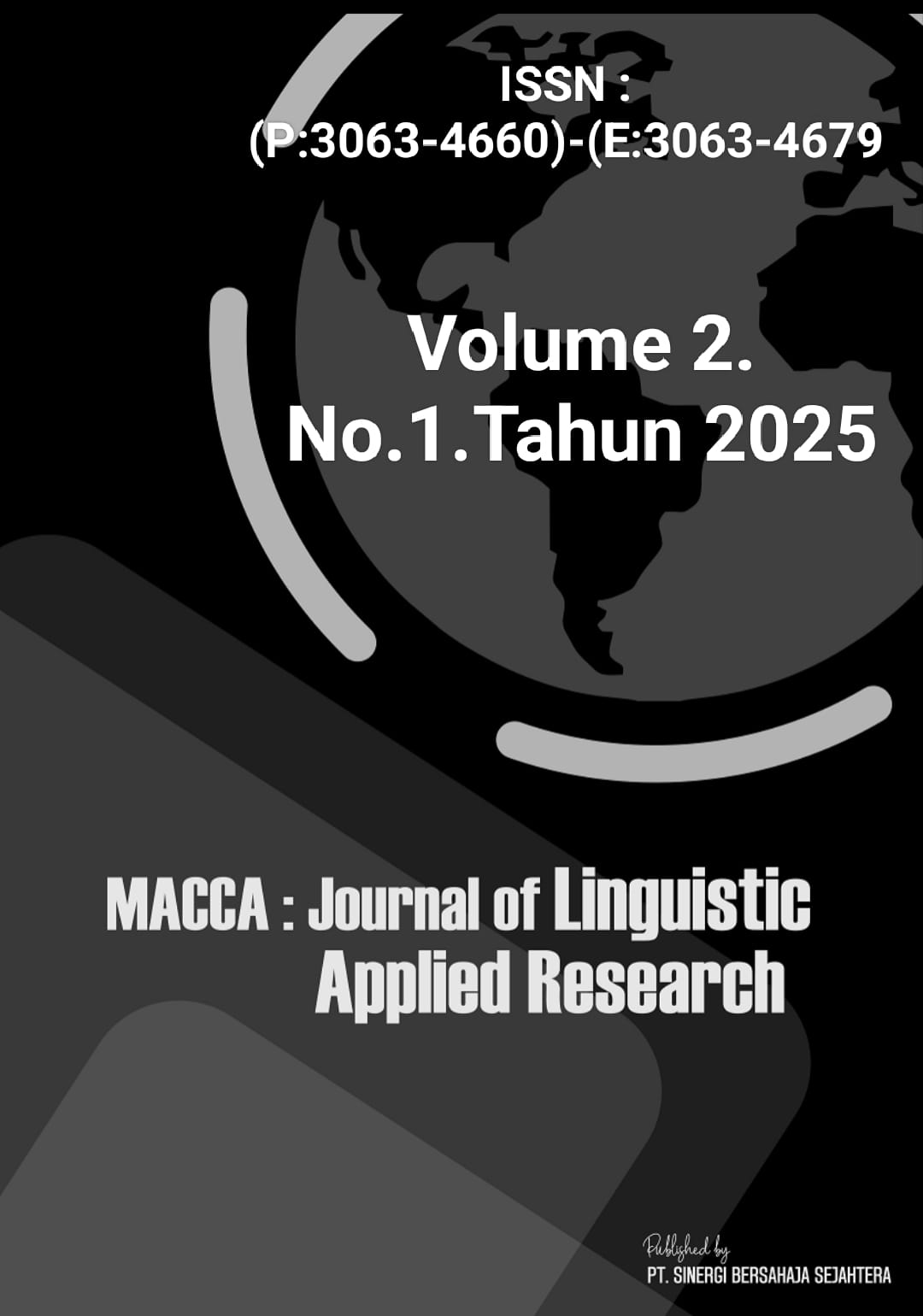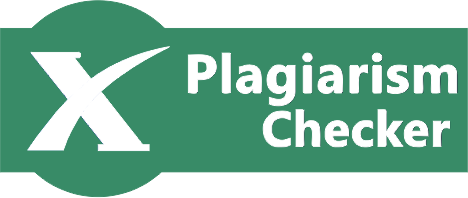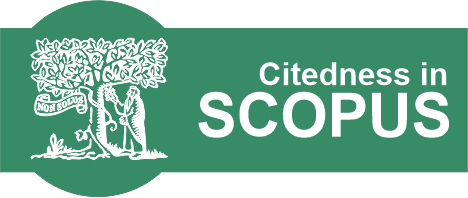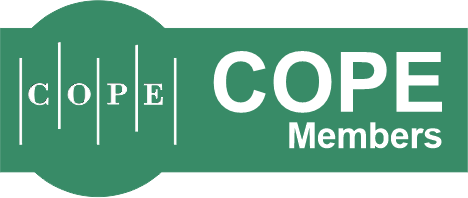An Analysis Of Bilinguliasm In Teaching And Learning English In Upt SMP Negeri 1 Pancarijang
Keywords:
bilingualism,English language learning, students' perceptions, bilingual approachAbstract
This study aims to describe the application of bilingualism in teaching and learning English to VIII grade students at SMP Negeri 1 Pancarijang, Sidenreng Rappang Regency. Bilingualism in this context refers to the use of two languages, namely Indonesian and English, in the learning process to help students' understanding of the material. This study used a descriptive quantitative approach with an instrument in the form of a questionnaire containing 15 statements compiled based on indicators of bilingualism in learning. The research subjects were 95 students of grade VIII who were selected based on purposive sampling technique with a margin of error of 5%.
The results showed that the majority of students had a positive perception of the implementation of bilingualism. A total of 64.21% of students were in the “Good” category, 15.79% in the “Very Good” category, 17.89% in the ‘Less’ category, and only 2.11% in the “Very Less” category.
Based on these results, it is concluded that the bilingual approach in teaching English in class VIII is quite effective. This study recommends that teachers continue to integrate both languages in the learning process and develop more varied bilingual strategies so that all students can get the maximum benefit.
References
Alwi, H. (1985). Sosiolinguistik: Pengantar Awal. Jakarta: Pusat Pembinaan dan Pengembangan Bahasa, Departemen Pendidikan dan Kebudayaan.
Arikunto, S. (2006). Prosedur Penelitian Tindakan Kelas. Bumi Aksara.
Arikunto, S. (2010). Prosedur Penelitian: Suatu Pendekatan Praktek. Jakarta: Rineka Cipta.
Beardsmore, H. B. (1993). Bilingualism: Basic Principles (2nd ed.). Clevedon: Multilingual Matters.
Birdsong, D., Gertken, L. M., & Amengual, M. (2012). Bilingual Language Profile: An Easy-to-Use Instrument to Assess Bilingualism. University of Texas at Austin.
Budiana, B., & Budi, A. (2022). Proses Belajar Bahasa Kedua dan Masalah Bilingualisme. Ta'dibiya, 2(2), 59-73.
Cesaria, A., Kemal, E., & Adnan, M. (2023). How Does The Bilingualism Improve the Student English Ability: A Discourse Case Study on Higher Education. Journal of Pragmatics and Discourse Research, 3(2), 122-136.
Cummins, J. (1979). Cognitive/Academic Language Proficiency, Linguistic Interdependence, the Optimum Age Question, and Some Other Matters. Working Papers on Bilingualism, No. 19, 121–129.
Cummins, J. (1981). Bilingualism and Cognitive Functioning. Working Papers on Bilingualism, 28(1), 66-78.
Fishman, J. A. (1976). Bilingual Education: An International Sociological Perspective. Rowley, MA: Newbury House.
Fajeri, I., & Samsuri, F. A. (2024). Fenomena Bilingualisme di Kalangan Siswa SD: Dampak Terhadap Kemampuan Berbahasa. JUPENSAL: Jurnal Pendidikan Universal, 1(3), 506-513.
Garcia, O. (2009). Bilingual Education in the 21st Century: A Global Perspective. Wiley-Blackwell.
Lado, R. (1964). Language Teaching: A Scientific Approach. New York: McGraw-Hill.
Macnamara, J. (1967). The Role of Age in the Acquisition of a Second Language. Journal of Social Issues, 23(2), 59–77.
Sholihah, R. A. (2018). Kontak Bahasa. In Proceeding: The Annual International Conference on Islamic Education, (Vol. 3, No. 1, pp. 361-376).
Sugiyono, S., & Lestari, P. (2021). Metode Penelitian Komunikasi (Kuantitatif, Kualitatif, dan Cara Mudah Menulis Artikel pada Jurnal Internasional). Bandung: Alfabeta.
Suharsimi, A. (2017). Pengantar Pendidikan. Jakarta: Rineka Cipta.
Weinreich, U. (1953). Languages in Contact. New York: Linguistic Circle of New York.
Zafar, M., & Muhammad, S. (2016). The Impact of Bilingualism on Cognitive Flexibility: A Study of University Students in Pakistan. International Journal of English Linguistics, 6(4), 163-172.
Rahardi, K. (2001). Sosiolinguistik: Kode dan Alih Kode. Jakarta: Erlangga.
Sugiyono, S. (2015). Metode Penelitian Pendidikan: Pendekatan Kuantitatif, Kualitatif, dan R&D. Bandung: Alfabeta.
Macnamara, J. (1967). The Role of Age in the Acquisition of a Second Language. Journal of Social Issues, 23(2), 59-77.
Garcia, O., & Wei, L. (2014). Translanguaging: Language, Bilingualism, and Education. Palgrave Macmillan.
Arikunto, S. (2006). Prosedur Penelitian: Suatu Pendekatan Praktek. Jakarta: Rineka Cipta.
Nunan, D. (2003). Practical English Language Teaching. New York: McGraw-Hill.
Downloads
Published
How to Cite
Issue
Section
License
Copyright (c) 2025 Anes Restu Handayani, Sam Hermansyah, Lababa, nurul Faradillah

This work is licensed under a Creative Commons Attribution-ShareAlike 4.0 International License.



































